Ovarian Remnant Syndrome Ultrasound
Ovarian remnant syndrome ultrasound. Ovarian Remnant Syndrome or. Ovarian remnant syndrome ORS was a finding of histologically residual ovarian tissue after a bilateral salpingo-oophorectomy BSO. 176 The typical clinical presentation is pelvic pain and a palpable mass often following multiple prior pelvic.
Signs and symptoms may include pelvic pain a pelvic mass or the absence of menopause after oophorectomy. Ovarian remnant syndrome is diagnosed based on detailed medical history physical examination ultrasound an occasionally an MRI to locate remnants of ovarian tissue. When you have had your ovaries removed and they find one on an ultrasound Ken Sinervo MD MSc FRCSC ACGE Medical Director Another potential source of pain in women who have undergone a hysterectomy along with removal of one or both ovaries is a condition called Ovarian Remnant Syndrome.
Ovarian remnant syndrome ORS is characterized by the presence of residual ovarian tissue after a woman has had surgery to remove one ovary or both ovaries oophorectomy. Ovarian Remnant Syndrome a Reappraisal. Common symptoms of ovarian remnant syndrome include.
Treatment is surgical but surgery for this condition may be overly difficult because the original surgery to remove the ovary was most likley difficult in. Ovarian remnants generally do not respond. This tissue can develop into cysts or bleeding causing pain which can be debilitating.
Based on ultrasound evaluation a possible ovarian remnant was located only at the left ovarian pedicle area in 431 13 only at the right ovarian pedicle area in 1631 52 and at both sides in 1031 32 of dogs. Ovarian remnant syndrome occurs when signs of functional ovarian tissue occur in a previously spayed via ovariohysterectomy OHE or ovariectomy OE bitch. Ovarian remnant syndrome is defined as the presence of symptomatic residual ovarian tissue usually following a complete hysterectomy and bilateral salpingo-oophorectomy.
1 Adequacy of laparoscopic oophorectomy. Nineteen patients with documented history of unilateral or bilateral laparoscopic oophorectomies with histologic. The accuracy of this test however is influenced by the size of the ovarian remnant the stage of the heat cycle during which the test is performed and the skill of the ultrasonographer.
Ovarian Remnant Syndrome ORS is an uncommon disorder which occurs when pieces of ovarian tissue are unintentionally left behind in the body following surgery to remove one or both ovaries. 2 In addition because ORS is often neglected it can produce a diagnostic dilemma and therapeutic challenge.
Ovarian remnant syndrome ORS was a finding of histologically residual ovarian tissue after a bilateral salpingo-oophorectomy BSO.
175 It is believed to be the result of unintentional residual ovarian tissue left behind during a difficult oophorectomy as with the dense adhesions associated with endometriosis or multiple prior procedures. Ovarian remnant syndrome ORS is characterized by the presence of residual ovarian tissue after a woman has had surgery to remove one ovary or both ovaries oophorectomy. 1 Vaginal cytology - the bitch must be in late proestrus or estrus to identify cornified epithelial cells on cytology. Hormonal assays may also be helpful. The Usefulness of Clomiphene Citrate in Stimulating and Pelvic Ultrasound in Locating Remnant Ovarian Tissue Journal of Gynecologic Surgery Vol. No suspect tissue was found in one dog 3. Based on ultrasound evaluation a possible ovarian remnant was located only at the left ovarian pedicle area in 431 13 only at the right ovarian pedicle area in 1631 52 and at both sides in 1031 32 of dogs. Nineteen patients with documented history of unilateral or bilateral laparoscopic oophorectomies with histologic. The accuracy of this test however is influenced by the size of the ovarian remnant the stage of the heat cycle during which the test is performed and the skill of the ultrasonographer.
Ovarian Remnant Syndrome a Reappraisal. The condition may be caused by surgical factors leading to incomplete removal of ovarian tissue including factors that limit surgical exposure of the ovary. This tissue can develop into cysts or bleeding causing pain which can be debilitating. Ovarian remnant syndrome ORS occurs if any ovarian tissue is left after surgery to remove both ovaries and fallopian tubes called a bilateral salpingo-oophorectomy. Remnant ovarian tissue also may stimulate endometriosis and cyclic pelvic pain similar to symptoms of the remnant itself4. 175 It is believed to be the result of unintentional residual ovarian tissue left behind during a difficult oophorectomy as with the dense adhesions associated with endometriosis or multiple prior procedures. The syndrome occurs if this ovarian tissue causes severe pelvic pain andor a pelvic mass.






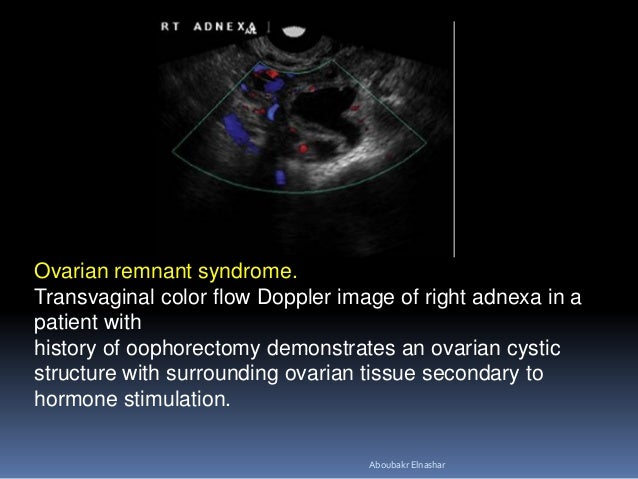


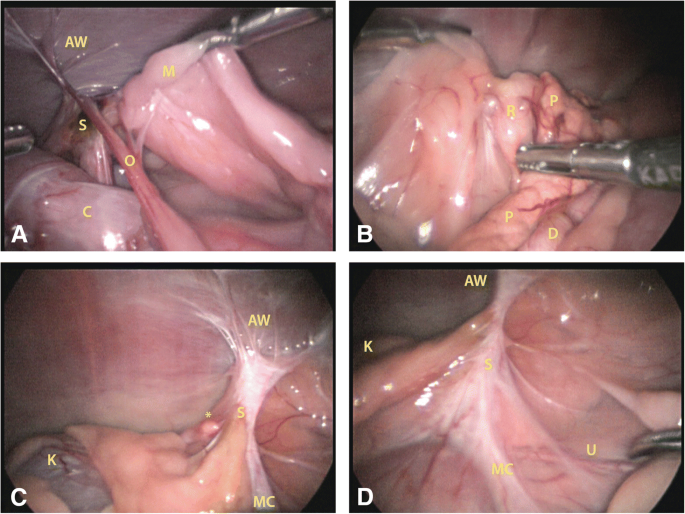







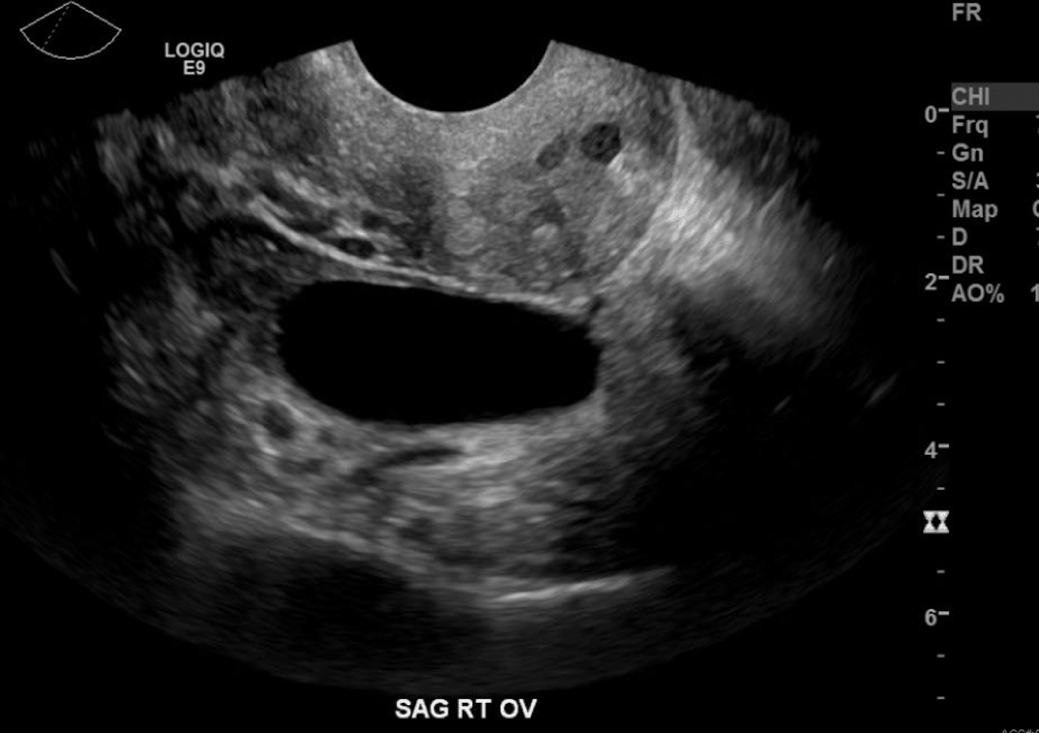
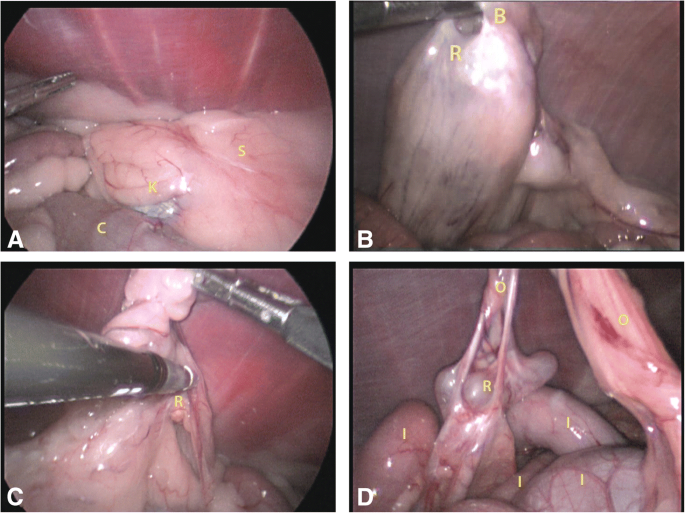
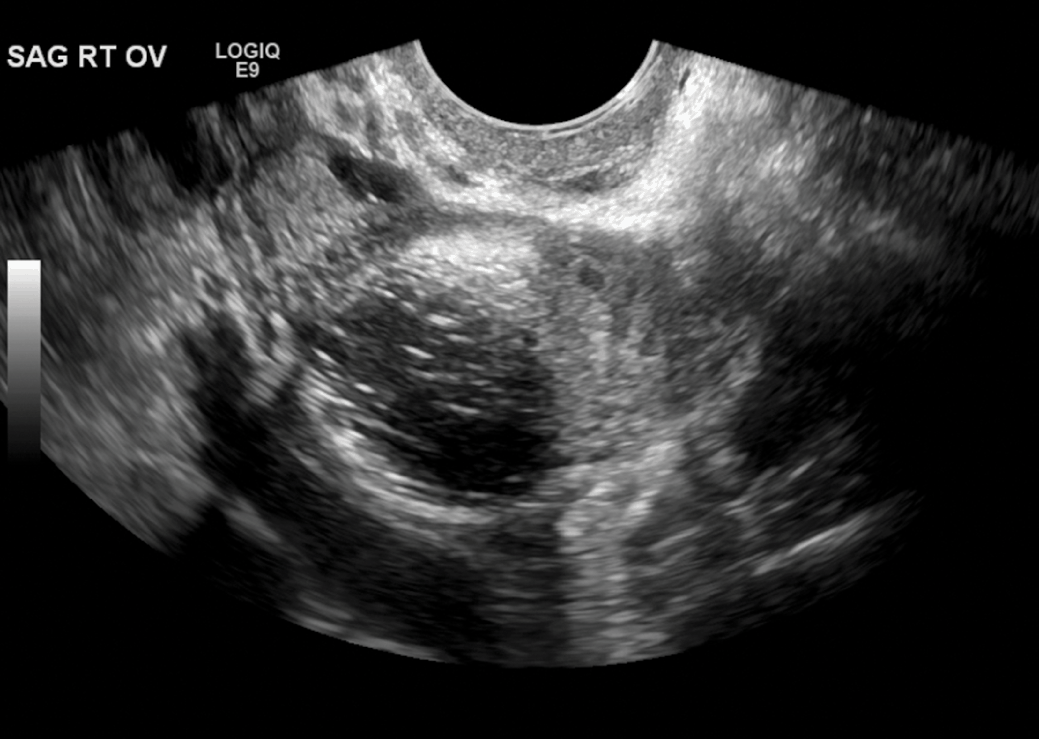


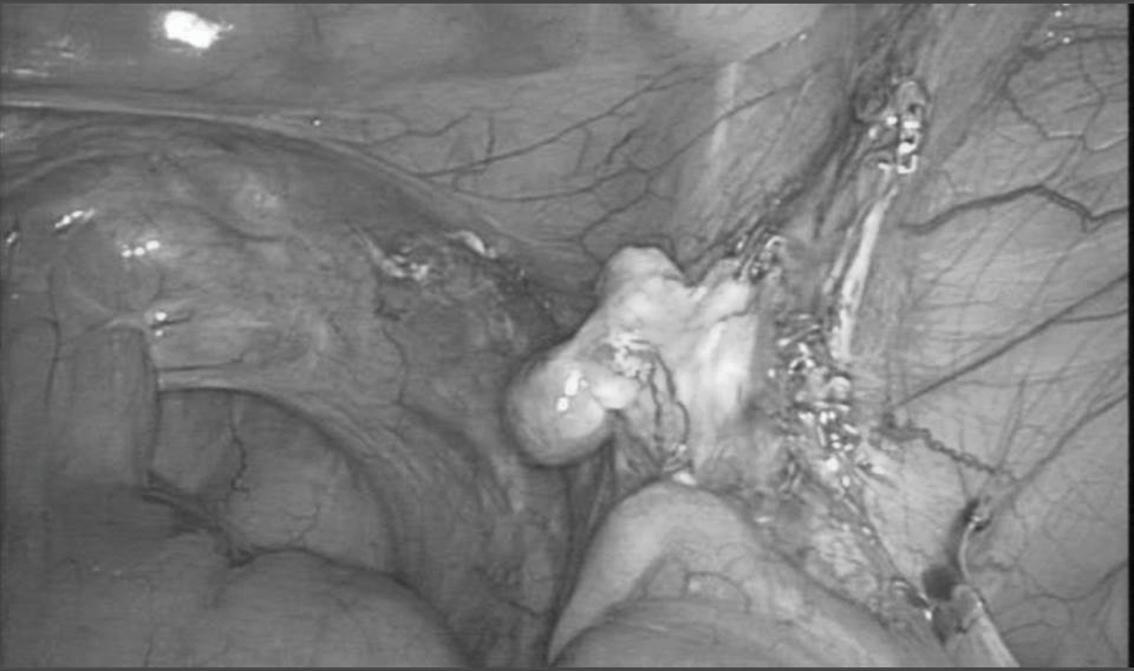





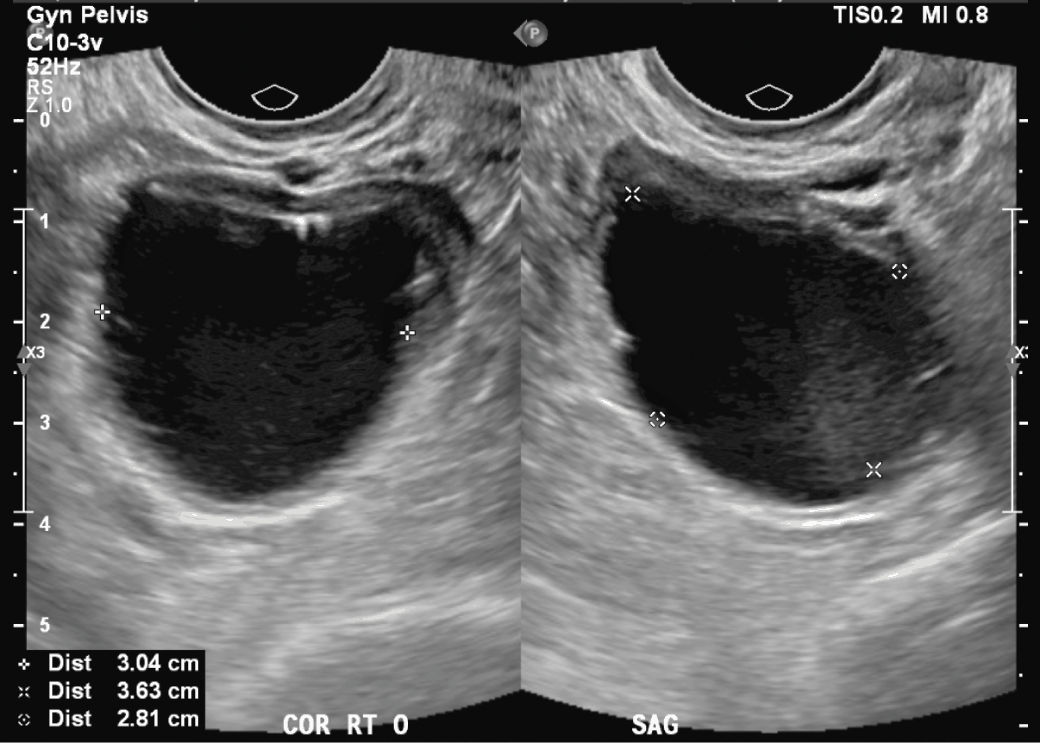
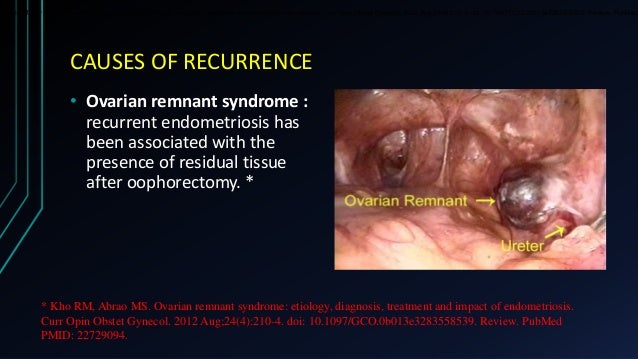


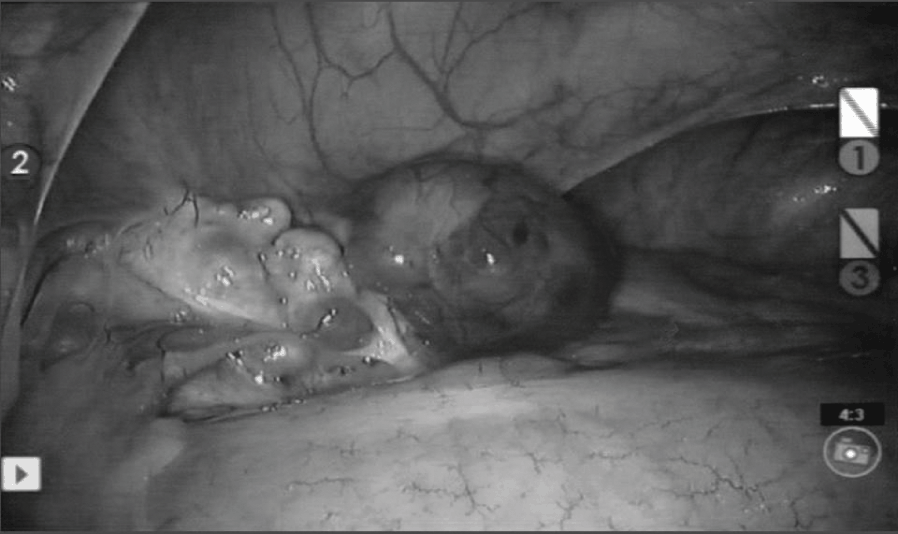

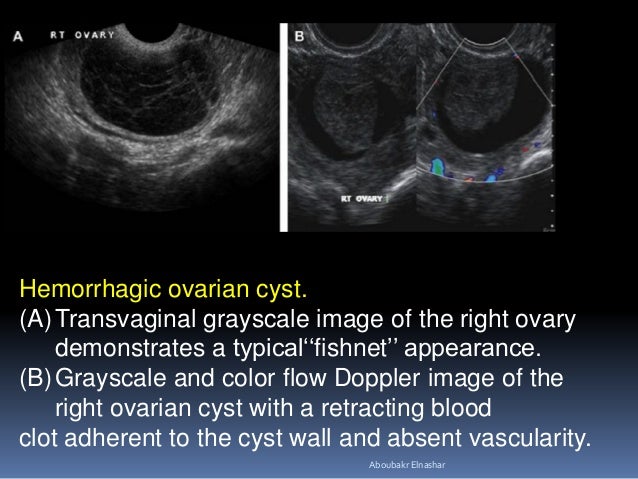


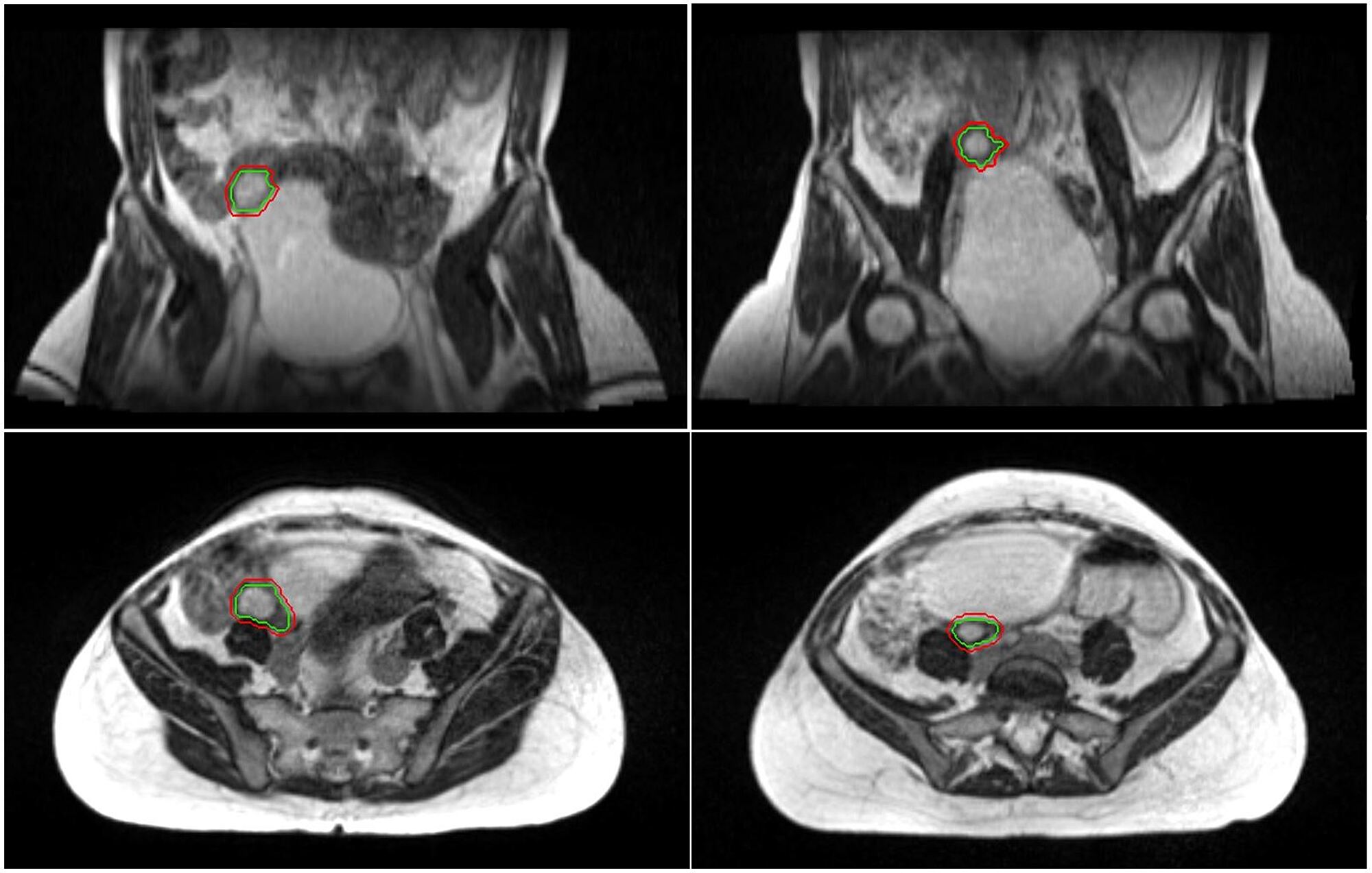


Posting Komentar untuk "Ovarian Remnant Syndrome Ultrasound"